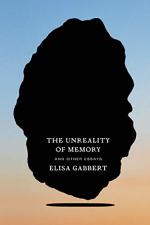|
This section contains 1,924 words (approx. 5 pages at 400 words per page) |

|
Disaster
Throughout the collection, the author examines a range of human inspired and naturally occurring disasters in order to explore the human response to catastrophe. Gabbert introduces these notions in her opening essay, “Magnificent Desolation,” via her experience watching “a computer-animated re-creation of the sinking of the Titanic in real time” (3). After watching the video and studying the Titanic story, Gabbert says, “I moved on to other disasters. I had an overwhelming desire for disaster stories, of a particular flavor: I wanted stories about great technological feats meeting their untimely doom. I felt addicted to disbelief” (5). This desire, she later argues, has to do with the entanglement between “Horror and awe” (20). Throughout “Magnificent Desolation,” as well as the essays that follow, Gabbert argues “It’s the spectacle . . . that makes a disaster a disaster” (10). Rather than the destruction it causes or the lives it takes, a disaster is thus named...
|
This section contains 1,924 words (approx. 5 pages at 400 words per page) |

|




